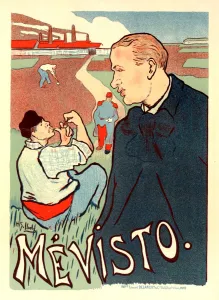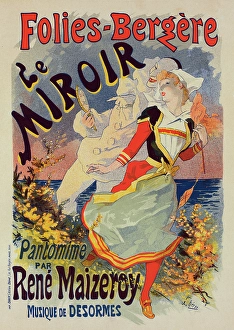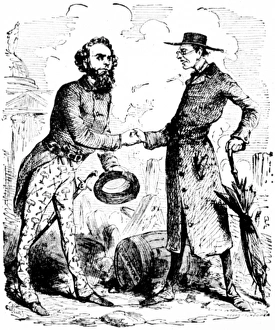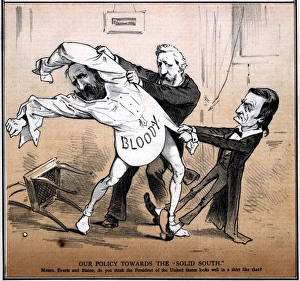Secession Collection (page 10)
"Secession: A Tale of Divided Nations and Artistic Movements" In the midst of the United States' most tumultuous period
All Professionally Made to Order for Quick Shipping
"Secession: A Tale of Divided Nations and Artistic Movements" In the midst of the United States' most tumultuous period, secession became a defining term that forever altered the course of history. The year was 1861, and tensions between the North and South had reached a boiling point. The EVCW2A-00100 code resonated with significance as it represented the beginning of a bloody conflict - the American Civil War. Fort Sumter stood as an emblematic battleground during this time, its layout serving as a strategic blueprint for both sides. As Confederate forces hoisted their flag over Fort Sumter in April 1861, they declared their secession from the Union, igniting four years of intense warfare. Meanwhile, across the Atlantic in Vienna, another form was taking place. In 1902, Gustav Klimt and fellow artists formed an artistic movement known as Vienna Secession. Gathered around Klimt's armchair were individuals who sought to break free from traditional art conventions and explore new realms of creativity. The parallels between these two instances may seem distant at first glance; however, they share common threads beyond mere historical context. Both movements challenged existing norms - one through armed conflict while the other through artistic expression. As we delve into history further, we encounter John Wilkes Booth - infamous assassin responsible for ending President Abraham Lincoln's life. His actions were driven by his belief in Southern independence but ultimately served to deepen wounds already inflicted by secession. Art played an essential role throughout these turbulent times. Posters promoting exhibitions like "First Art Exhibition of the Secession Art Movement" showcased Gustav Klimt's visionary works that defied tradition and captivated audiences with their boldness. Beyond Vienna's borders lay Austria itself – home to Pallas Athena – where Joseph Maria Olbrich contributed significantly to architectural advancements within this vibrant city.










































